Borne 07
Ecouter
Listen
 Les prémices du vol libre sur l’aire de décollage sud
Les prémices du vol libre sur l’aire de décollage sud
« J’ai longuement étudié le vol et l’anatomie des oiseaux ; j’ai dessiné une curieuse machine à ailes battantes, mue par des bras d’hommes, je la baptisais ornithoptère », l’écho des écrits de Léonard de Vinci est particulièrement fort en ce lieu, que nous appelons l’aire de décollage sud.
C’est ici que les premiers compétiteurs de deltaplanes, une toute nouvelle discipline sportive, se retrouvèrent en juillet 1979. La coupe Icare n’avait que 6 ans qu’elle accueillait déjà les seconds championnats du monde. Et ce furent des Français qui décrochèrent la première place au classement par équipe.
Ce site était-il prédestiné à devenir un haut lieu du delta puis du vol libre, à l’échelle internationale ? Il faut croire puisque c’est ici qu’une autre illustre ingénieur, Henry Fabre, expérimenta ses inventions dès son plus jeune âge. Celui qui fut le père de l’hydravion passait en effet ses étés à Lumbin, dans la propriété familiale. En 1898, il avait 16 ans, qu’il fabriquait déjà de petits planeurs de 2 ou 3 mètres, inspiré par les exploits de l’allemand Otto Lilienthal, pionnier de l’aéronautique. Bien sûr les falaises de Saint-Hilaire du Touvet constituaient une plateforme de lancement idéale. En 2010, à l’occasion du centenaire du premier vol de l’aéroplane marin d’Henry Fabre, baptisé le Canard, Francis Heilmann, un expert, fidèle participant du Carnaval Icare, en fit s’envoler une magnifique réplique.
C’est dans ce champ investi en septembre par des Geo Trouvetou, dignes héritiers de leurs ancêtres, que l’histoire des machines volantes continue de s’écrire. Ainsi-on voit par exemple s’y exercer une nouvelle génération de parapentes. Equipés de moteurs électriques silencieux et sobre en consommation d’énergie, ils offrent des perspectives de navigation inexplorées !
 The beginnings of free flight in the Southern take-off area (in situ)
The beginnings of free flight in the Southern take-off area (in situ)
“I studied flying and the anatomy of birds at great length; I drew a curious machine with flapping wings, moved by human arms, and I christened it the ornithopter,” wrote Leonardo de Vinci. His writings echo loudly in this venue, which we call the Southern take-off area.
It was here that the first hang-glider competitors got together in July 1979 for a brand new sport. The Icarus Cup was only into its 6th year when it hosted the second world championships. And (wouldn’t you know it) it was the French who took first place in the team standings.
Was the site predestined to become an international mecca for hang-gliding and then free flight? It would appear so since it was here that yet another illustrious engineer, Henri Fabre, started experimenting with his first inventions at a very early age. This father of the seaplane used to spend his summers in Lumbin, in the family home. In 1898, when he was 16 years old, he was already making small gliders, 2 or 3 meters long, inspired by the feats of the German Otto Lilienthal, a pioneer of aeronautics. And the cliffs of Saint-Hilaire du Touvet formed an ideal launch pad. In 2010, for the centennial of the first flight of Henri Fabre’s seaplane, christened “Le Canard” [The Duck], Francis Heilmann, an expert and a loyal Icarus Carnival participant, had a magnificent replica of it flown.
It’s in this field, taken over in September by Gyro Gearloose-style inventors, worthy heirs of their ancestors, that the history of flying machines continues to unfold. A new generation of paragliders, for instance. Equipped with low-noise, low-consumption electric motors, offering unexplored prospects for navigation!
